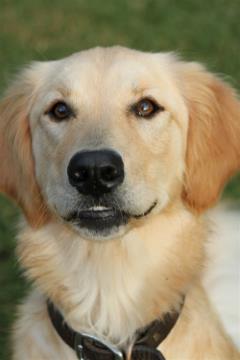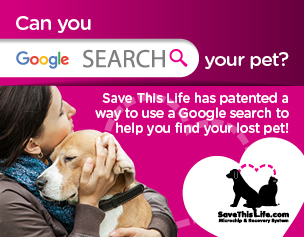Canine Carnassial Teeth: Abscesses With Few Symptoms

Canine Carnassial Tooth
A carnassial tooth is located on both sides of the upper jaw in the position of the fourth premolars. Much larger than the rest of a dog’s teeth, the carnassial tooth is designed for breaking up and crushing hard food. When clients call for an urgent appointment referring to a swelling in front of their pet’s eye, the carnassial tooth is often the culprit.
Roots
While most canine teeth have only one or two roots, the carnassial tooth has three. Depending upon the size of the dog, the roots can be from ½ to ¾ of an inch long. Two of the roots are located in the front portion of the carnassial tooth, the third root is found at its back. Arising from below the gum line, the roots extend up and into the bone of the skull, resting just in front of the animal’s eye.
Symptoms
Any tooth can become abscessed. An infection is caused when bacteria moves beneath the gumline to gain access to the tooth’s root. Signs of tooth infection typically include:
- Halitosis
- Caused by draining of abscess into the mouth
- Redness or bleeding gums
- Notable swelling along gumline at point of tooth root
- White looking gums where pus has accumulated
- Excessive drooling
- Swollen face
- Warmth at the site of swelling
- Signs of tenderness and/or pain
- Depression
- Hesitation or refusal to eat
- Tooth loss
- Abscessed incisors often become loose and fall out
- Nasal drainage
- Infection of canine teeth may drain out nasal passages
However, when the carnassial tooth abscesses, the first noticeable symptom is often a hard lump or swelling immediately beneath the dog’s eye. Because the swelling’s location is not one typically thought of as involving a tooth, clients often feel the cause of swelling is related to an insect bite or an allergic reaction, and will leave the swelling to heal on its own.
Typically, only one of the three roots will become infected. In most cases, it is the root located in front and closest to the skin. As the infection strengthens and the swelling grows, the abscess will eventually:
- Burst through the skin surface immediately below the eye
- Drain contents of infected blood and pus out onto the cheek
- Diminish in pain
Left untreated, the infection of an abscessed carnassial tooth will eventually:
- Create intense pain
- Spread bacterial infection to the eye
- Putting the animal at risk for loss of vision
- Spread bacterial infection to other teeth
- Increasing the chance for the further loss of teeth
- Spread bacteria into the bloodstream
- Causing infection to other areas, for example, bones or heart
Diagnosis
Steps to confirm a diagnosis include:
- Observation of facial swelling
- Observation of drainage wounds
- Visible periodontal disease
- Not always—some animals will still have healthy looking gums
- X-ray
- Will show an abscess most typically on a single root
Treatment
In most cases, the options for treatment include:
- Extraction of the diseased tooth
- Removal of the tooth exposes the abscess, allows the infection to drain, and the site to be cleaned
- Root canal
- Choice is dependent upon the type and the cause of damage to the tooth
- Offers the option to save the tooth
- Is more costly to the client
- Antibiotic therapy
- Will typically not be enough to completely clear up the infection
- Is necessary to combat the chance for further future bacterial growth
Restorative Dentistry
Restoration methods involving an abscessed carnassial tooth can be completed, but the materials to use should be considered carefully to determine that they will be able to withstand the functional need of the animal
When a carnassial tooth abscesses, the health of the animal requires immediate veterinary care as the treatment will require either root canal therapy or extraction. Without it, even with appropriate antibiotics, the infection will remain active and the tooth will abscess again.
If you are interested in learning more about methods of canine dental care, please contact your Covetrus representative at 855.724.3461.
Source:


Working Here
Our team members are encouraged to be the best they can be... at Covetrus we believe we impact one another.
Learn MoreNews & Events
FDA Cautions Pet Owners Not to Feed Texas Tripe Inc. Raw Pet Food Due to Salmonella, Listeria Monocytogenes
The U.S. Food and Drug Administration is cautioning pet owners not to feed their pets any of the Texas Tripe brand raw frozen pet food listed below because several samples of Texas Tripe raw pet food have tested positive for Salmonella and/or L. mono.
Careers
Are you looking for a place to let your talents shine? At Covetrus, we help our practitioner customers better serve their patients and take pride in providing the best customer experience possible. Search our open positions to see our available opportunities.
Newsletter
Stay current with what’s going on with Covetrus, subscribe to receive our newsletter and email communications. Subscribers will receive the latest information in practice management, sales and marketing, animal health, and more.



-3-(1).png?sfvrsn=2d806d73_0)

Leave a comment